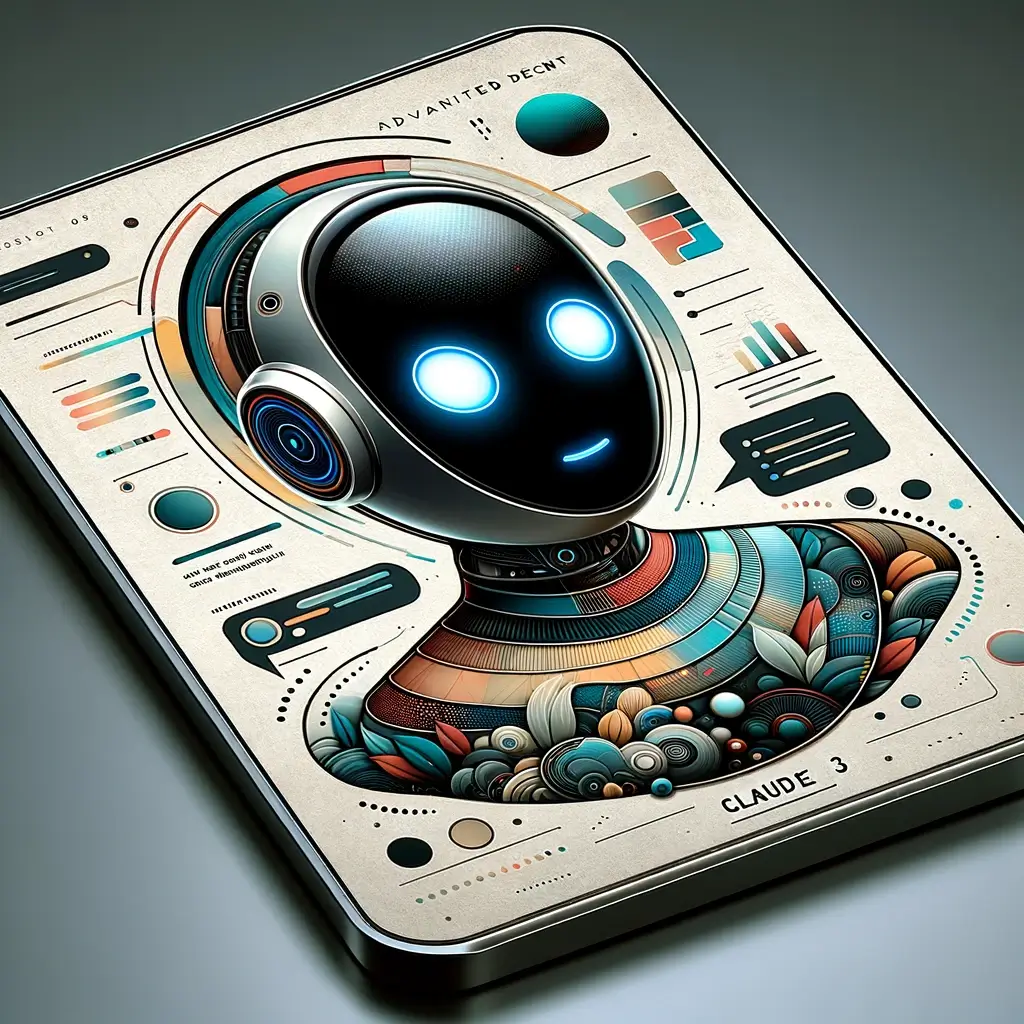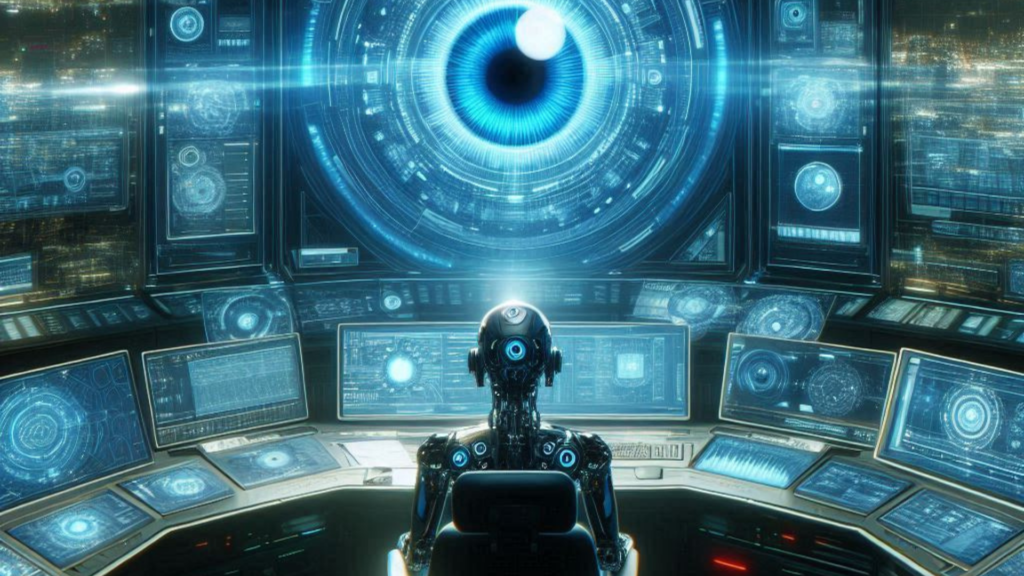Claude 3 vs. ChatGPT-4 Vision: A Friendly Guide
On March 4, 2024, a company called Anthropic announced a new AI model called Claude 3. This model is special because it can work with both words and pictures, doing better than other models like GPT-4 with Vision. The Roboflow team tried out Claude 3’s Opus version, which is said to be the best one. They tested it with pictures to see how well it can do different tasks compared to other AI models.
Here’s what they found:
They share their findings from testing the Claude 3 Opus model, especially how it deals with pictures and texts.
Let’s start with what Claude 3 is?
Claude 3 is a set of AI models from Anthropic that can understand both text and pictures. It was launched on March 4, 2024, and includes versions like Haiku, Sonnet, and Opus. You can ask it questions using text and pictures. When it started, only Sonnet and Opus were ready for everyone to use.
Anthropic says that Opus is really good at math, understanding documents with pictures, and answering questions about charts better than GPT-4 with Vision. They also mentioned that Claude 3 was tested differently for math problems.

For this review, they used the Opus version from February 29, 2024.
- Reading Text from Images (OCR): First, they tested if Claude3 Opus could read text from a picture of a tire. It did this well, just like other models they’ve tried.
- Reading Text from a Document: Next, they checked how it reads documents by using a blog post screenshot about Taylor Swift songs. Claude3 Opus wouldn’t just copy the text because of copyright rules, but it did offer to summarize the key points.
- Understanding Documents: They also tested how well it understands documents by asking how much tax was paid from a receipt image. Claude3 Opus got the amount wrong.
- Answering Questions from Images: They asked questions about different images, like counting money in a picture and identifying a movie scene. Claude3 Opus answered some correctly but made mistakes on others.
- Finding Objects in Images: Finally, they tested object detection by asking it to find a dog in a picture and give its location. Claude3 Opus couldn’t accurately locate the dog, a common issue with many AI models.
In conclusion, Claude3 Opus does well in some areas like answering questions from images and reading text from an image. However, it struggles with other tasks like accurately finding objects. It also refused to read text from a document mentioning a celebrity’s name, due to copyright concerns, a decision not commonly seen in other models.
Claude 3 vs. ChatGPT-4 Vision
| Feature | Claude 3 | ChatGPT-4 Vision |
|---|---|---|
| Developer | Anthropic | OpenAI |
| Capabilities | Enhanced language understanding and generation, with specific versions capable of processing images. | Extended natural language processing capabilities to include visual input interpretation. |
| Focus Areas | Targets a broad range of tasks with variants specialized in rapid responses, language processing, and image recognition. | Specifically focuses on integrating visual data processing to enhance text generation and understanding in contexts involving images. |
| Model Variants | Includes multiple models like Opus, Sonnet, and Haiku, each designed for different applications. | A singular, integrated model that combines GPT-4’s textual capabilities with the ability to interpret images. |
| Use Cases | Versatile across various domains, including text and image-based tasks, depending on the specific variant. | Primarily used for tasks that require understanding and generating text based on visual contexts. |
| Technology | Incorporates Anthropic’s AI research and development in multimodal interactions. | Leverages OpenAI’s advancements in combining language models with visual data processing. |
ChatGPT-4 with Vision expands the capabilities of OpenAI’s language model to understand and generate text based on visual inputs, enabling it to process and interpret images alongside textual data. This advancement allows for a more integrated approach to answering queries that involve both text and imagery. For more information, visit GPT-4 Vision.




